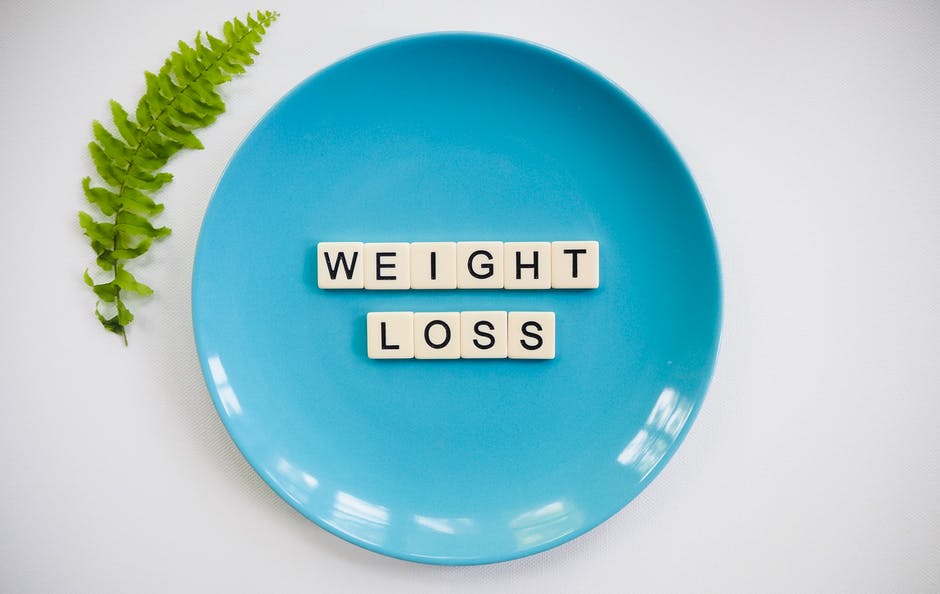Weight loss is harder than it looks. Nearly two billion adults are overweight. That accounts for nearly 40 percent of the global adult population.
One reason why obesity rates are rising is that many weight loss diets don’t work. They don’t allow dieters to feel full, and they don’t teach healthy eating habits. But you can find several types of weight loss diets that help you keep the pounds off.
What are some great low-fat and low-carb diets? What can vegetarianism and veganism do for you? How can you modulate each diet so you lose weight in the long term?
Answer these questions and you can find an effective weight loss solution in little time. Here is your quick guide.
Paleo Diet
The paleo diet focuses on eating the foods of hunter-gatherers. The dieter consumes vegetables, fruits, and lean proteins.
They avoid processed foods, including desserts and grains. Most paleo dieters avoid whole grains, which can supply essential nutrients.
A 2019 meta-analysis found that the paleo diet was more effective than other weight loss plans. Participants lost nearly eight pounds more than they had on other plans. They lost weight in all parts of their body, including in their waist.
Raw Food Diet
The raw food diet is similar to the paleo diet. The dieter eats only uncooked and unprocessed foods. This includes any pasteurized products or foods that contain additives.
The dieter can eat raw meat and eggs, though this creates the possibility of food poisoning. They can gain protein from nuts, legumes, and vegetables.
Some people allege that heating food can destroy its natural enzymes. But cooking can help increase essential nutrients like lycopene.
A raw food diet can create fast weight loss because it is low in calories. Yet it may not provide enough food for a person to feel energized.
The dieter needs to find sources that supply them with the nutrients they don’t get through cooking. This can come through vitamin supplements.
Mediterranean Diet
The Mediterranean diet is not a prescribed diet plan. It refers to foods that many people who live around the Mediterranean Sea eat.
Vegetables, fruits, whole grains, and seafood are very popular. Eggs and cheese are consumed in moderation. Processed meats, refined grains, and sugary beverages are almost unheard of.
Each Mediterranean country is different, so food restrictions vary from dieter to dieter. In general, dieters eat large amounts of vegetables with some seafood mixed in. Coffee and tea are acceptable, and many dieters drink a glass of red wine every day.
The Mediterranean diet is good for people who want to improve their heart health. It can be effective for weight loss, but results may take some time to appear.
Atkins Diet
The Atkins diet is a standard low-carb diet. It involves eating as much protein and fat as possible without eating any carbs. The dieter does not restrict their calories so they can eat until they are full.
The Atkins diet eliminates all carbohydrates. This includes vegetables like carrots and fruits like apples. Some variants allow a dieter to eat high-carb vegetables and fruits once they have lost some weight.
It is very hard to follow the diet while remaining a vegetarian. But vegetarians can manage it if they up their nut and soy consumption.
The diet is controversial. Many doctors believe that saturated fat causes weight gain, not carbohydrates. For optimal health, dieters should find multiple protein sources and eat plenty of vegetables at each meal.
Ultra-Low-Fat Diet
As the name suggests, an ultra-low-fat diet is very low in fat. The dieter restricts their fat consumption to less than ten percent of their daily calories. Most low-fat diets limit fat consumption to 30 percent.
The diet is largely plant-based. It can restrict high-fat plant foods like nuts, avocados, and olive oil. But these foods can have substantial nutritional value.
An ultra-low-fat diet can help improve blood pressure and cholesterol rates. It can help with weight loss, especially in obese people.
But studies have not shown that the diet has lasting benefits. Many people end their diet after a few weeks because they find it unenjoyable.
Vegetarianism
Vegetarianism involves eating fruits and vegetables but no meat. Lacto-ovo-vegetarians eat eggs and dairy while avoiding meat, fish, and poultry. Lacto-vegetarians eat dairy but not eggs, while ovo-vegetarians eat eggs but no dairy.
Their diets do incorporate whole grains, nuts, and legumes. There is no restriction to how these foods can be cooked or prepared. A vegetarian can eat deep-fried foods or large amounts of refined carbohydrates.
Many vegetarians follow vegetarianism out of ethical concerns, not to lose weight. This can make it a vegetarian diet hard to follow for weight loss.
A vegetarian looking to lose weight should limit their consumption of refined carbohydrates. They should find multiple sources of protein so they stay full for long periods of time. Caloric foods like peanut butter and olive oil should be limited.
Veganism
Veganism is a more restrictive form of vegetarianism. Vegans eat absolutely no animal products whatsoever.
This makes veganism a very low-fat diet. But it can prove very restrictive. Meals may not feel filling because they lack protein.
Every vegan meal should combine vegetables, whole grains, and protein. Some vegetables like kale contain several grams of protein per serving, making it easy to become full.
As with vegetarianism, vegan dieters should be wary of processed foods. They can make many of their meals with all-natural ingredients. To keep the diet interesting, they should make different dishes every week.
Intermittent Fasting
Intermittent fasting creates a weight loss schedule. During specified times, the dieter eats little or no food. The 5:2 diet involves eating normal meals for five days, then eating only 500 calories on two days.
Fasting naturally encourages weight loss because a dieter eats less. But it is not a perfect approach. Many dieters overeat when they can because they are so hungry.
The 16/8 method limits the time that a person can eat to eight hours on any given day. This can be more effective, provided that the individual eats filling meals.
Intermittent fasting is hard to maintain long-term. Yet it can be effective for short-term weight loss. A dieter should integrate it within a broader diet plan.
Zone Diet
The glycemic index (GI) indicates how much a food raises a person’s blood glucose levels. The Zone Diet limits a person to low GI foods. The dieter also limits carb consumption to 40 percent of their daily calories and fats to 30 percent.
Most meals are one-third protein and two-thirds fruits and vegetables. Some fruits like bananas contain a lot of sugar, so the diet excludes them.
Eating high-GI foods can induce inflammation. The Zone Diet may work best for people who have inflammatory conditions like irritable bowel disease.
Scientists have not reached a consensus on the Zone Diet. No study has found that people on it have lower rates of blood sugar and cholesterol, despite its claims.
Blood Type Diet
The blood type diet matches foods to a person’s blood type. People with type O blood should eat vegetables and fish while avoiding grains and beans. People with type A should avoid meat while eating fruits and vegetables.
Dieters with type B blood should avoid several foods, including corn and peanuts. Those who have type AB blood can eat a range of foods, though they should focus on seafood and vegetables.
All of these diets limit the consumption of processed grains and sugar. But there is no scientific literature to support the idea that diet should be tied to blood type.
Nutrigenetics and nutrigenomics examine the relationship between diet and DNA. Blood type dieters should do their research to make sure their food choices do not harm their cell growth.
Calorie Reduction
Calorie reduction diets focus purely on reducing the number of calories you eat. The standard person needs 2,000 calories a day to maintain their weight. Eating 1,500 calories a day can help a person lose one pound in a week.
The diet does not impose any food limitations. The person can eat whatever they want, provided they don’t exceed 1,500 calories. This can encourage unhealthy eating habits and cause high cholesterol rates.
The most popular calorie reduction diet is “1200 Calories a Day.” The dieter cannot eat more than 1,200 calories. Many people experience hunger and lightheadedness, though they lose weight quickly.
The Main Types of Weight Loss Diets
You need to break down the types of weight loss diets. Low-carb diets include the paleo and Atkins diets. They prioritize high protein consumption, which can spike cholesterol rates.
Low-fat diets include the Zone Diet. They are hard to follow because fat fills the stomach.
The best weight loss diets find a middle ground. The Mediterranean diet, vegetarianism, and intermittent fasting provide sources of protein and vegetables. Talk to your doctor before starting any diet.
Being healthy does not have to mean hurting yourself. Follow our coverage for more wellness guides.











